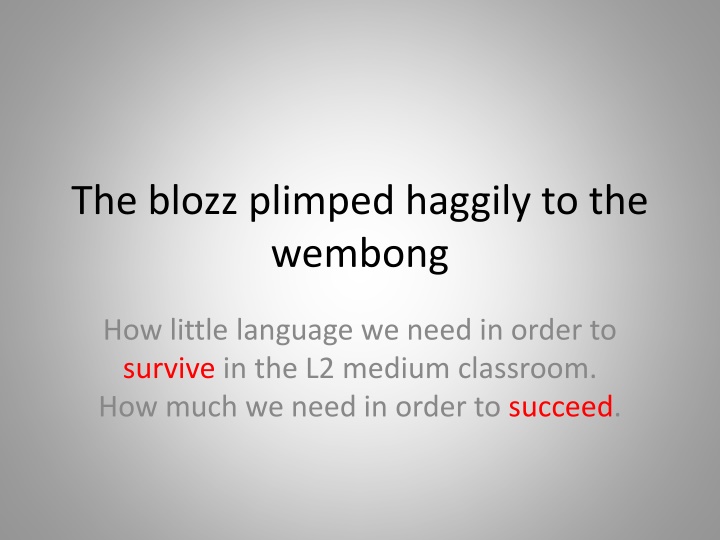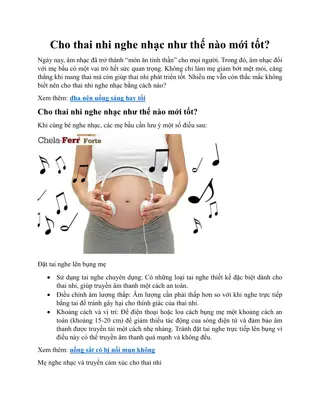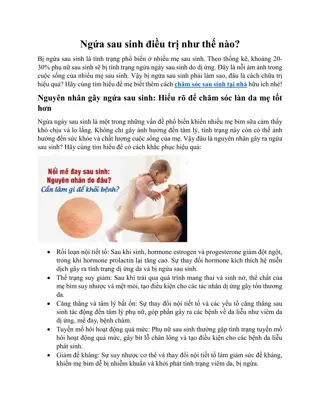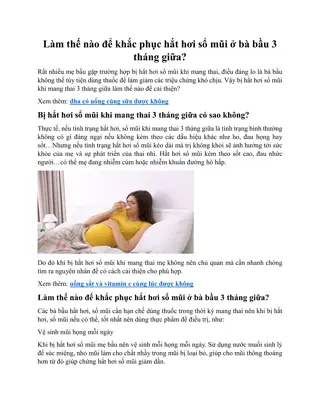
Assessing Academic Language Concepts Terminology in Classroom Settings
Explore the dynamics of language use and content comprehension in the L2 medium classroom. Understand the challenges students face in expressing their understanding in English and French, despite grasping the concepts. Discover the balance between language work and content work in educational assessments.
Download Presentation

Please find below an Image/Link to download the presentation.
The content on the website is provided AS IS for your information and personal use only. It may not be sold, licensed, or shared on other websites without obtaining consent from the author. If you encounter any issues during the download, it is possible that the publisher has removed the file from their server.
You are allowed to download the files provided on this website for personal or commercial use, subject to the condition that they are used lawfully. All files are the property of their respective owners.
The content on the website is provided AS IS for your information and personal use only. It may not be sold, licensed, or shared on other websites without obtaining consent from the author.
E N D
Presentation Transcript
The blozz plimped haggily to the wembong How little language we need in order to survive in the L2 medium classroom. How much we need in order to succeed.
The blozz plimped haggily to the wembong Q: Where did the blozz plimp to? Q: How did the blozz plimp? Do we know what a blozz is? We can give the right answers without really knowing what we re talking about
Phloem cells are living cells T: Phloem cells are? Ss: Living cells T: They are not? Ss: Lignified It seems that students understand. Until we see their notes: Phloem cells are living cells. Phloem has cellulose (not lignified) cell walls. They can provide the answers from their notes, but we don t know whether they really understand.
Who does most of the talking? What happens when the students don t give an answer? T: What can you see in the three pictures? S1: Old people S2: Small children S3: People working T: How do these pictures relate to our topic? (SILENCE) T: What is our topic? Ss: Dependency ratios T: Do these pictures show something about dependency ratios? Ss: Yes T: What do they show us? (SILENCE) T: Which people are dependent on others? Ss: Old people and children T: Who provides for them?
Content work and language work The teachers are doing most of the talking. When students don t answer, teachers reformulate their questions to make them easier Students fill in the content, but the teachers do most of the language work We say English and French are the classroom languages, but only the teacher is really using these languages
What happens in the exam? Q: What is the function of the part marked on the diagram? A: When you are not agree with that something that you are doing you may move a mouse to it and it may come to empty space again The student understands the concept perfectly. But the student struggles to explain the concept in English and the answer is marked incorrect.
What are we assessing? ACADEMIC LANGUAGE CONCEPTS TERMINOLOGY Goal = students understand the content Goal = students know the technical terms Goal = students can speak and write in the way expected in the exam Can we use more than one language to do this? If we use English and French terms, we can still use other languages to help explain Content and language teachers need to join up here and all talk about language in the classroom Will this lead to more active students?
Teaching concepts Students (and teachers) often use Bislama and the vernaculars to help them learn Can we bring this into the open and encourage the use of several languages? Discussion time in a familiar language can help students prepare to report back or write in a less familiar language It s easier to draw on students prior experiences when using a familiar language Don t be afraid of silence when you ask a question. Give students time to think first.
Teaching terminology Help with definitions and explanations in whichever language Draw links between the language class and the content class, and between different subjects Notice the similarities and differences between English and Bislama don t just ignore Bislama and hope it goes away Highlight the language we use with the terms, e.g. probability of success or probability that it will succeed
Teaching academic language The second language curriculum does not currently match the needs of the content subjects Every teacher needs to analyse the language needed for their own subject Use exam questions, model answers, typical errors to work out the language needed. You don t have to be a language expert, but you need to talk about the words of your subject
Summary The language curriculum doesn t currently support academic learning through a second language. We all just hope that students will somehow survive. They don t. We are not all language experts, but we all need to talk about language in the classroom






















